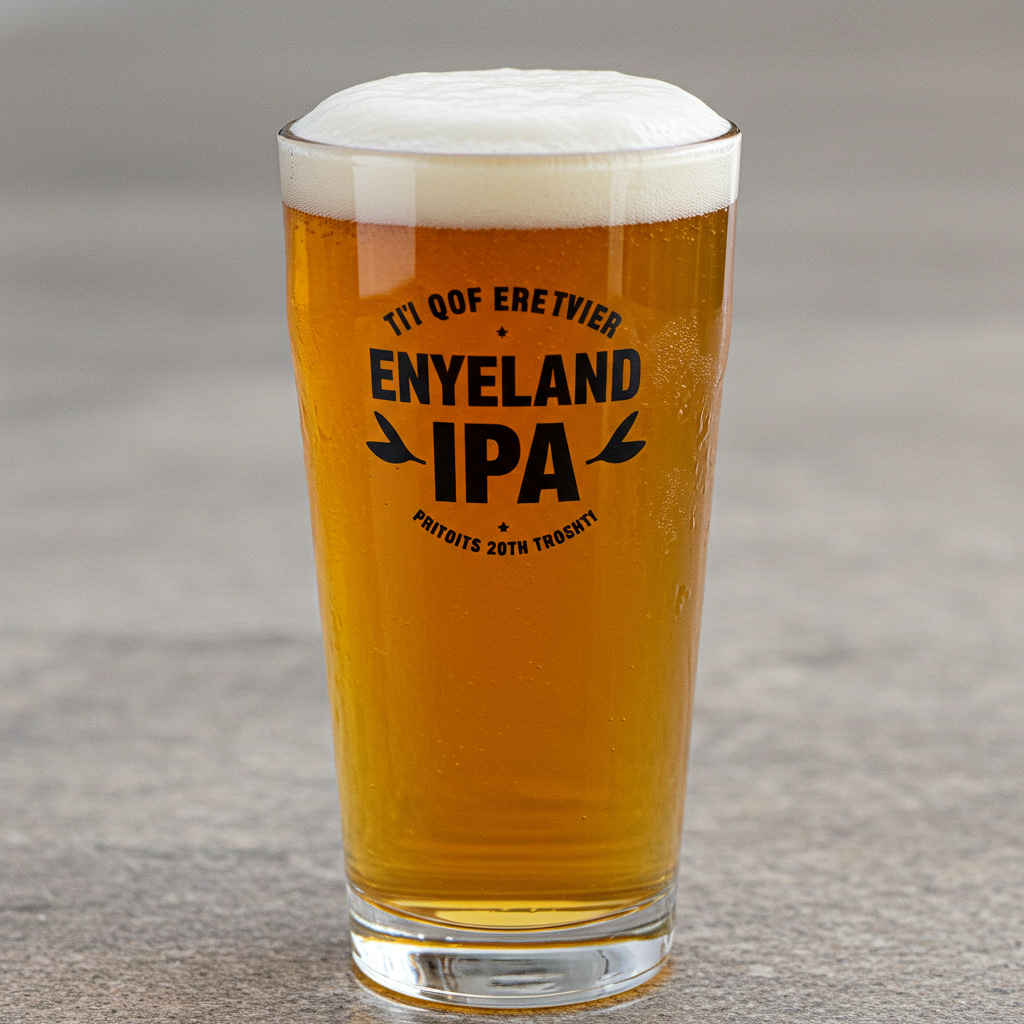Crafting the Perfect Hazy IPA: A Beer Lover’s Guide
Hazy IPAs, often hailed as one of the craft beer scene’s most dynamic and flavorful styles, have captured the heart of beer lovers looking for something beyond the bitter edge of traditional IPAs. Known also as New England IPAs (NEIPAs), these brews are characterized by their opaqueness, juicy flavors, and smooth texture, making them a standout in the world of IPAs.
Understanding the Hazy IPA Phenomenon
The rise of the Hazy IPA traces back to the early 2000s when John Kimmich of The Alchemist in Vermont crafted the iconic Heady Topper. This breakthrough brew, with its distinctive cloudy appearance and tropical aroma, set the stage for the Hazy IPA trend, which has since taken the U.S. craft beer landscape by storm. Unlike traditional IPAs, Hazy IPAs often use oats and wheat in the grist, creating a naturally turbid appearance and contributing to a creamy body that so many enthusiasts adore.
The defining characteristics of a Hazy IPA include a low bitterness compared to its clear counterparts, achieved by forgoing bittering hops and instead emphasizing whirlpool and dry hop techniques. This style also features lush, fruity notes, with hops selected for their aromatic qualities rather than just their bite. By utilizing a softer water profile, brewers create a delicate, rounded mouthfeel, making Hazy IPAs a smooth-drinking experience.
Mastering the Art of Brewing Hazy IPAs
Brewing a stellar Hazy IPA requires a blend of artistry and science. Successful brewers begin with a base of pilsner and pale malts, complemented by oats and wheat for haze and mouthfeel. Adjusting water chemistry is crucial; by increasing chloride levels, brewers soften the perception of bitterness, enhancing the beer’s overall sweetness and body.
Yeast plays a pivotal role in developing the fruity character synonymous with Hazy IPAs, so selecting a strain designed for this style is key. These yeasts, when combined with hops high in thiols and other desired oils like Mosaic and Citra, create the tropical flavor profiles that captivate drinkers. Dry hopping, conducted during fermentation, can further unlock robust fruity aromas through biotransformations, enriching the drinking experience.
Elevating Your Homebrew with Expert Tips
For aspiring homebrewers, attention to detail can elevate your Hazy IPA to new heights. Adopting a medium body mash at about 152°F (67°C) can optimize fermentability and body. While some brewers opt for adding hops solely at the end of the boil and during dry hopping, introductory boil additions can be used to achieve desired bitterness levels.
Precision in hop selection enhances the beer’s aromatic profile. Utilizing varieties like Nelson Sauvin and Simcoe not only adds character but also brings out the juicy, lush flavors that NEIPA fans crave. By carefully managing fermentation temperatures and yeast pitching rates, the beer’s final profile can be fine-tuned, creating a uniquely memorable craft beer experience.
For more insights into crafting incredible beers and discovering top craft beer destinations across the U.S., turn to BreweriesNearMe.us. Keep your brewing adventures alive and explore the diverse world of craft beer today!



